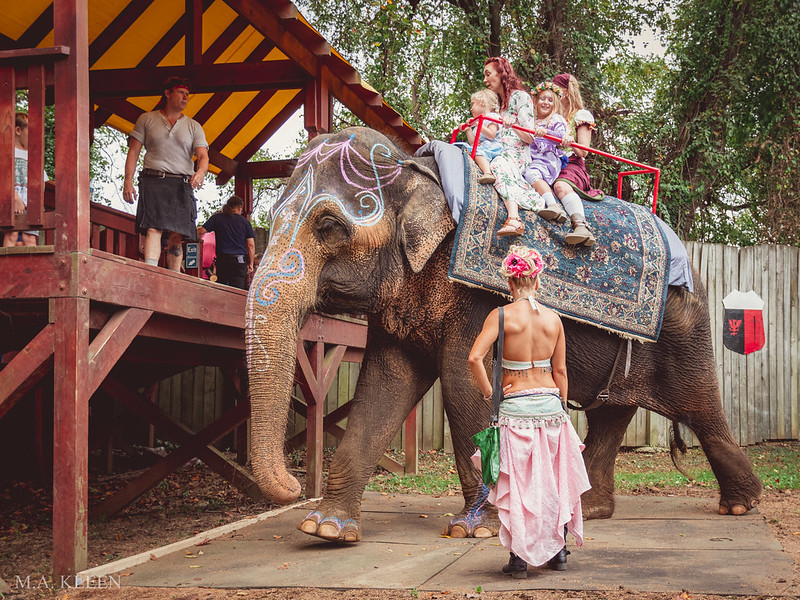Historic authenticity is cast to the wind in this revisionist costume drama that feels like it was written by a freshman Women’s Studies major.
Directed by Josie Rourke with a screenplay by Beau Willimon, Mary Queen of Scots (2018) was based on the book Queen of Scots: The True Life of Mary Stuart by John Guy. Like many films released this year, it has strong female leads, a diverse cast, and progressive social messaging, but checking all the right boxes on the SJW playlist wasn’t enough to save this film from mediocrity.
The year is 1560, and the young and beautiful Mary Tudor (Saoirse Ronan) returns home, where she is out of place in a dreary Scottish castle. Her half-brother, James, Earl of Moray (James McArdle), has been ruling as regent, alongside a bevy of colorless and perpetually-angry Protestant men. Her appearance in Scotland alarms her cousin, Queen Elizabeth I of England (Margot Robbie). Elizabeth, a Protestant, is not seen as a legitimate ruler by her Catholic subjects. She seeks to gain influence over Mary by arranging a marriage with Elizabeth’s own lover, Robert Dudley (Joe Alwyn).
Instead, Mary marries the charming and charismatic Lord Henry Darnley (Jack Lowden), who pulls a Jeckyll-and-Hyde routine and becomes a drunken lecher on their wedding night. Things get complicated for the childless Queen Elizabeth when Mary becomes pregnant, producing an heir for her dynasty and strengthening her claim to the English throne. Can Mary fend off attacks from her domestic critics and convince Elizabeth to acknowledge her as England’s rightful ruler?
Mary Queen of Scots couldn’t decide whether it wanted to be a film about the rivalry between two queens or a revisionist biopic of its titular character, so it does neither particularly well. This ill-conceived and poorly executed film also missed a chance to let its leading ladies shine. As Queen Elizabeth, the talented Margot Robbie goes to waste as a costumed mannequin who practically disappears for the middle third of the film.












You must be logged in to post a comment.